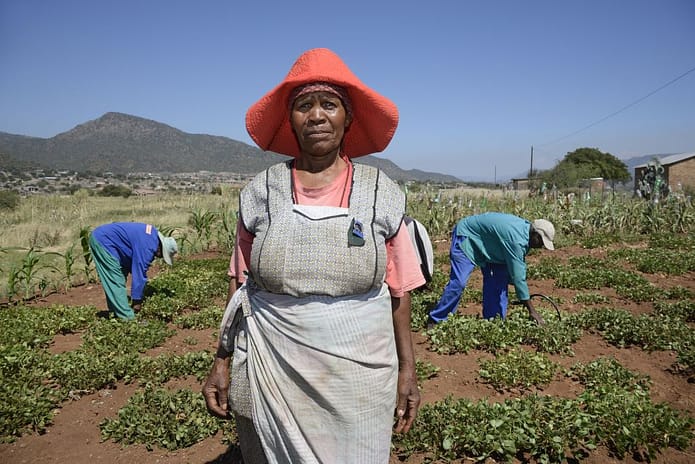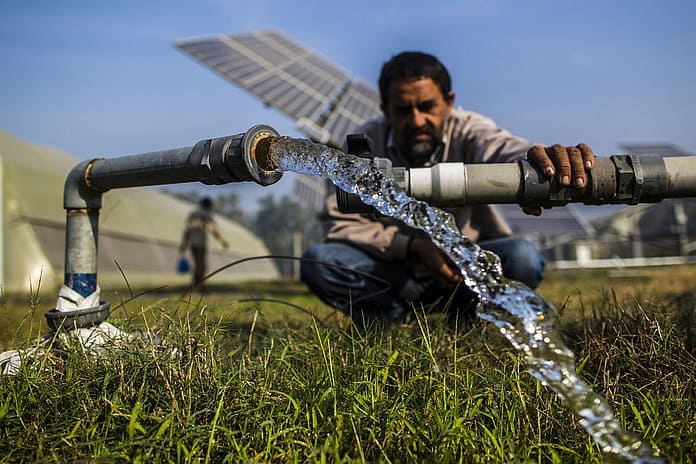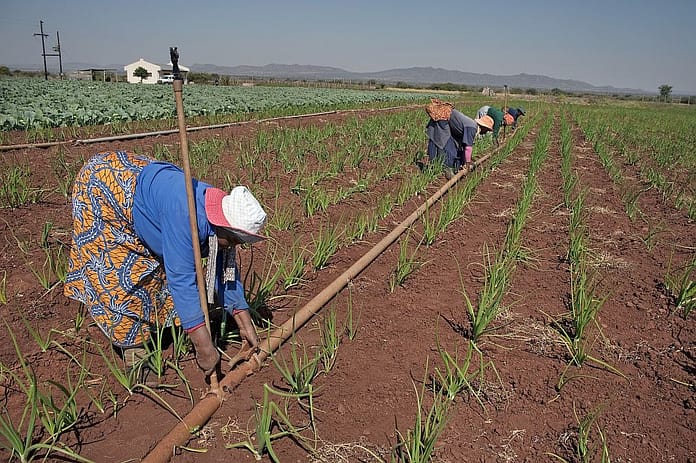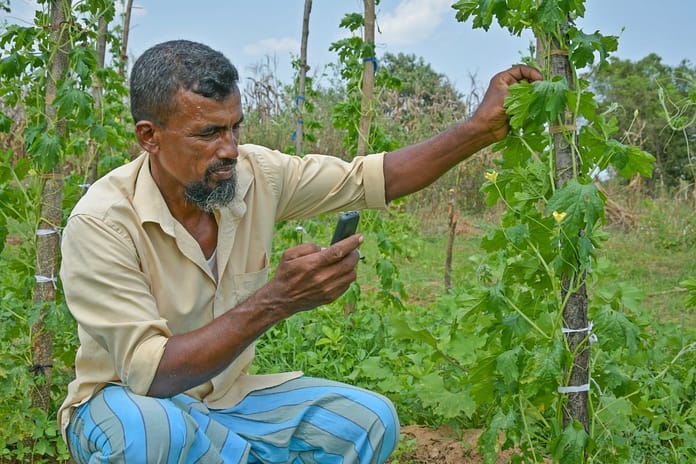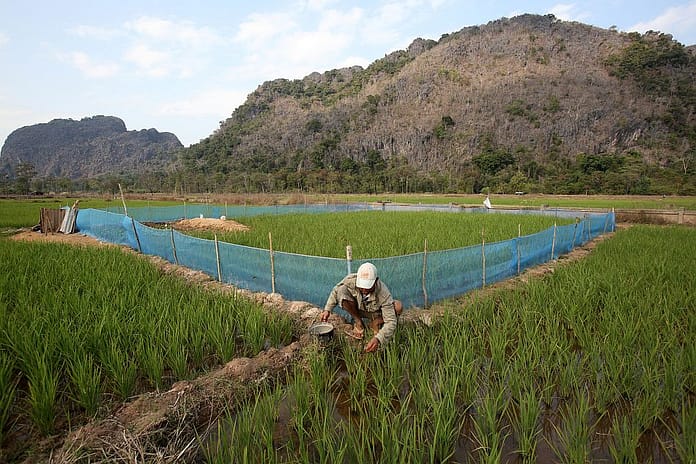By Giriraj Amarnath & Tania Perera

Floods in Kenya have killed at least 228 and displaced some 212,630 people. In East Africa, torrential rain has caused flooding, mudslides, severe damage to vital infrastructure and displaced thousands. The disaster in Kenya is fueled by abnormally heavy precipitation in April. It has exposed critical weaknesses in preparedness and highlighted the need for better forecasting, communication and sustainable land-use planning.
The International Water Management Institute’s (IWMI) flood situation maps, which use the European Space Agency’s Sentinel-1 satellite data, illustrate the situation in Nairobi, Kiambu, and Machakos. Intense rainfall within a short period, combined with steep terrains, leads to rapid runoff overwhelming river systems. Forecasts for continued heavy rain underscore the need for immediate action and the importance of understanding these rainfall patterns for long-term resilience.
IWMI, through the CGIAR Initiative on Climate Resilience Early Warning, Early Action and Early Finance (CGIAR ClimBeR AWARE) platform, is supporting countries to better respond to and mitigate the impact of disasters before they occur. The floods in Kenya demonstrate the cascading impact of poor integration in planning dam management, land-use policies and weather forecasting. Holistic resilience strategies must consider interlinked environmental and infrastructural systems. They must prioritize predefined, multi-agency response plans to prevent confusion and delays during crisis events.
The CGIAR ClimBeR AWARE platform disseminates comprehensive information covering climate, market dynamics, health, nutrition and population displacement. It fosters collaboration among diverse partners, promoting joint actions to strengthen preparedness and streamline response mechanisms. Designed for anticipatory action, the platform emphasizes multi-level coordination and collaboration to ensure responses are timely and effective.








